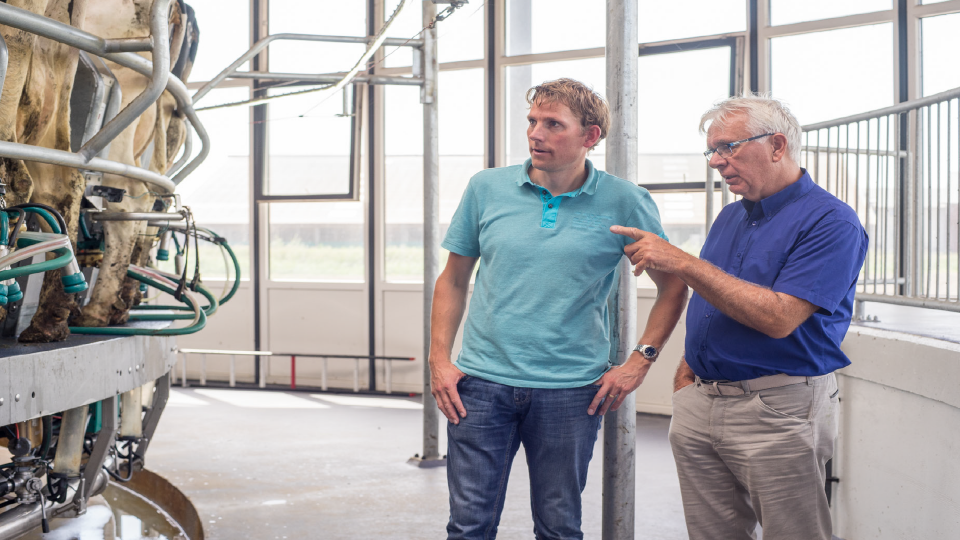In livestock farming, gigantic quantities of antibiotics are administered. Mastivax is developing an alternative: a natural medicine for cows.
When faced with ailing cattle, farmers often have only one remedy: Problem? Shot of antibiotics. Herman de Boer, professor of molecular biology, cringes at that, “I thought, there has to be another way, right?”

Use of antibiotics in livestock farming is a serious global problem. The same types of antibiotics are applied for people and animals to combat bacterial infectious diseases. The danger is bacteria becoming resistant, and then the antibiotics no longer work. “That would unleash a humanitarian disaster”, the scientist warns.
After a long international career, Prof de Boer decided to dedicate himself to the biggest health problem in livestock farming: udder infections. That condition costs farmers dearly in medication expenses and losses in milk production. “Dairy farmers fight ‘mastitis’ mainly with antibiotics. And it’s no wonder, because no effective alternatives are available right now.”
Everything starts with an idea
Cows are extremely hardy animals, Prof de Boer explains. So he asked himself, “Couldn’t we use cows’ own immune system to counter this kind of infectious disease?” He joined up with a team of experts to conduct extensive laboratory research. “Our starting point was that we only wanted to work with natural substances, derived from the cow itself. We didn’t use any additives or chemical substances that were externally derived.” That approach put us in completely uncharted waters. “The research was very complex. A real treasure hunt.”
Despite all that, Mastivax succeeded in developing natural medications with the power and quality to stabilise the udder’s remarkable milk production system. Now the phase of on-farm field testing has begun. According to De Boer, “We have to prove how effective our preparations really are. I believe in them. But it will be up to the cows themselves to decide.”
The molecular biologist expects to have the medications and a treatment protocol, on the market within a few years. “We want to produce hard evidence that can convince dairy farmers that our medication works just as well or even better than antibiotics. A real alternative."